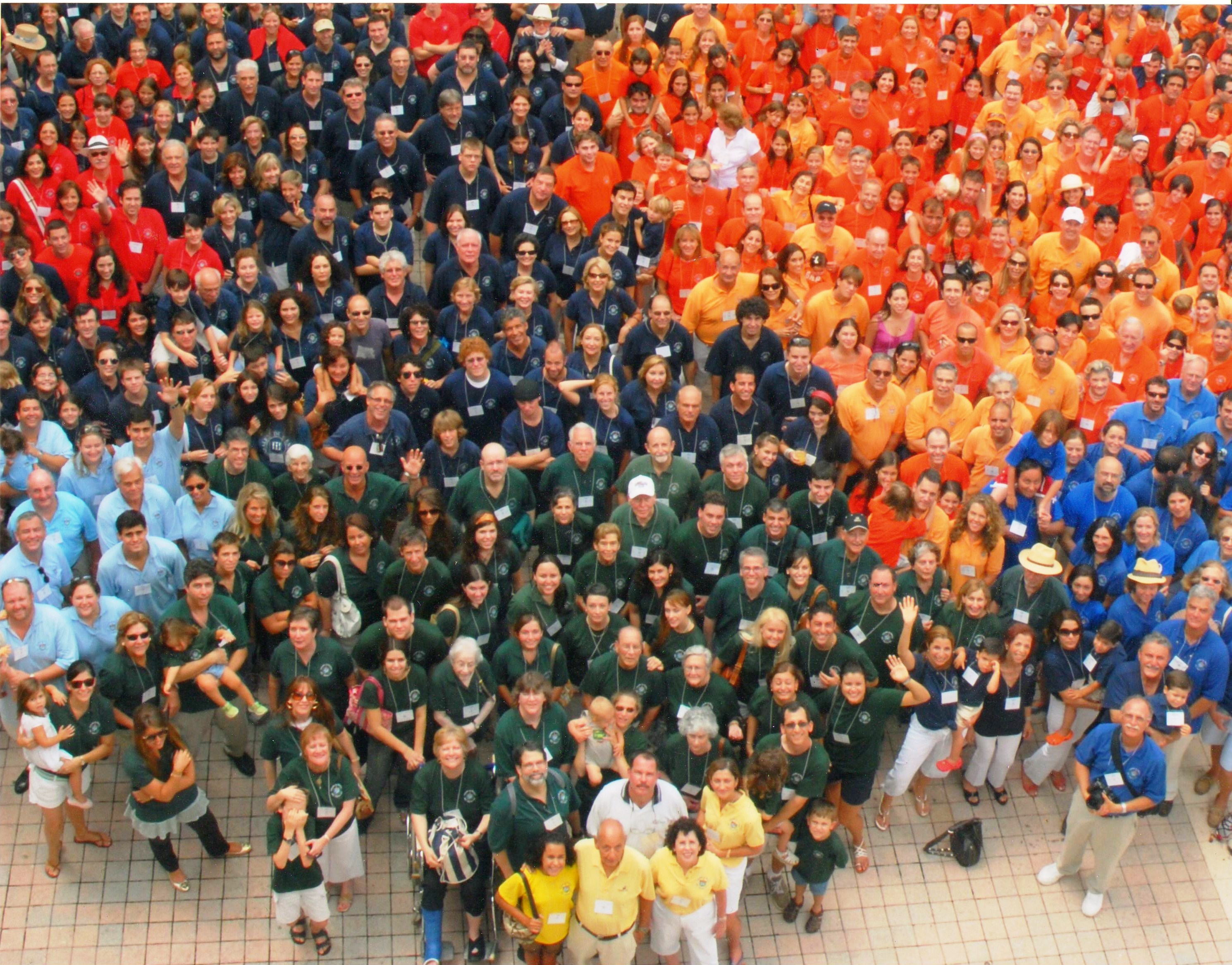Havana is at the heart of the family chronicle. The capital was the family’s home base, perpetual point of departure and return from political exile. It was the source of its real estate wealth in the first half of the twentieth century; the crossover point between the established and the newly arrived, the downwardly and the upwardly mobile, the paternal and the maternal, Spanish and native-born lines of my ancestors.
I explore the tenor of life within its ancient defensive walls, the vision of modernity embodied in the spaces created through its expansion westward, and the way its residential architecture reflected family life. Just as it was the incubator of national culture, Havana is also beginning and end point for this story as it took form through my 2009 visit with my father and my frequent return there through the internet.
A Cuban family history is inevitably a story of politics. Between the 1860’s and 1959 the island’s population was shaken every three decades by violent political upheavals. The 1933 uprising against the dictator Gerardo Machado exposed ideological schisms in the nation that were reflected within the family. They came to a head with the revolution in 1959. This account probes the values and contradictions of the post-revolutionary government’s quest for national sovereignty and social justice as this was experienced by my parents.
In Place is on the internet not only because it rests on the evidence of myriad digital image galleries but also to expose how the Cuban diaspora uses the web to breach time and preserve memory. Most importantly, the narrative is online to invite comment, debate and counter-interpretations from fellow descendants and members of the Cuban diaspora.
